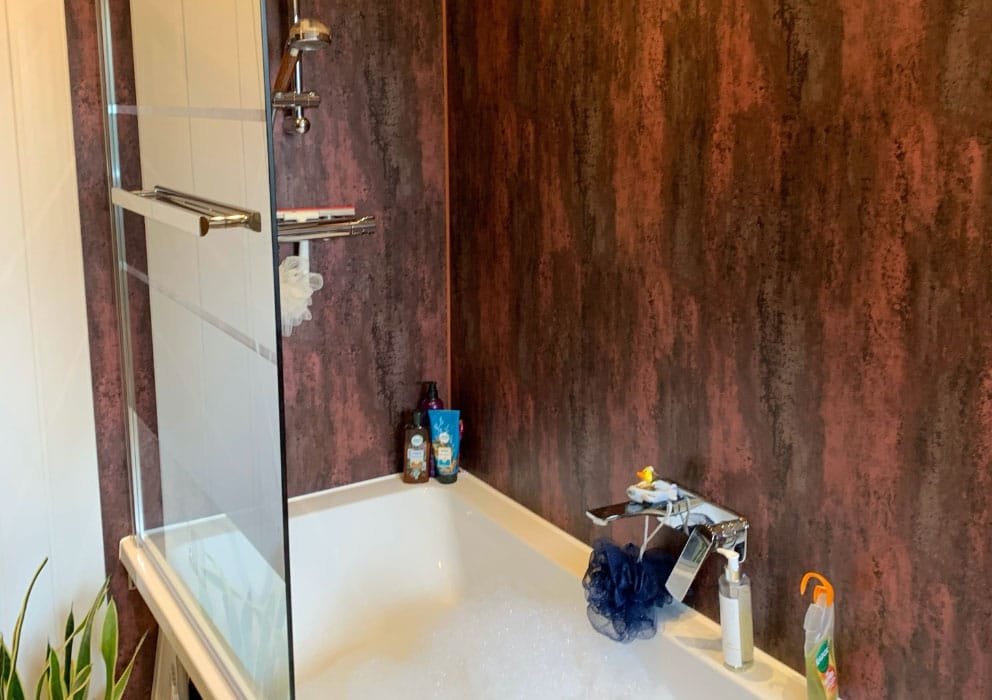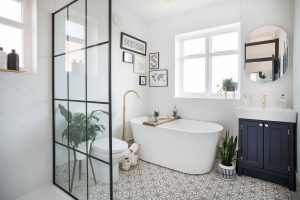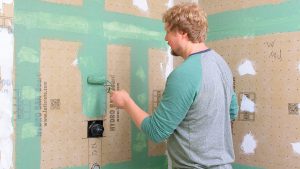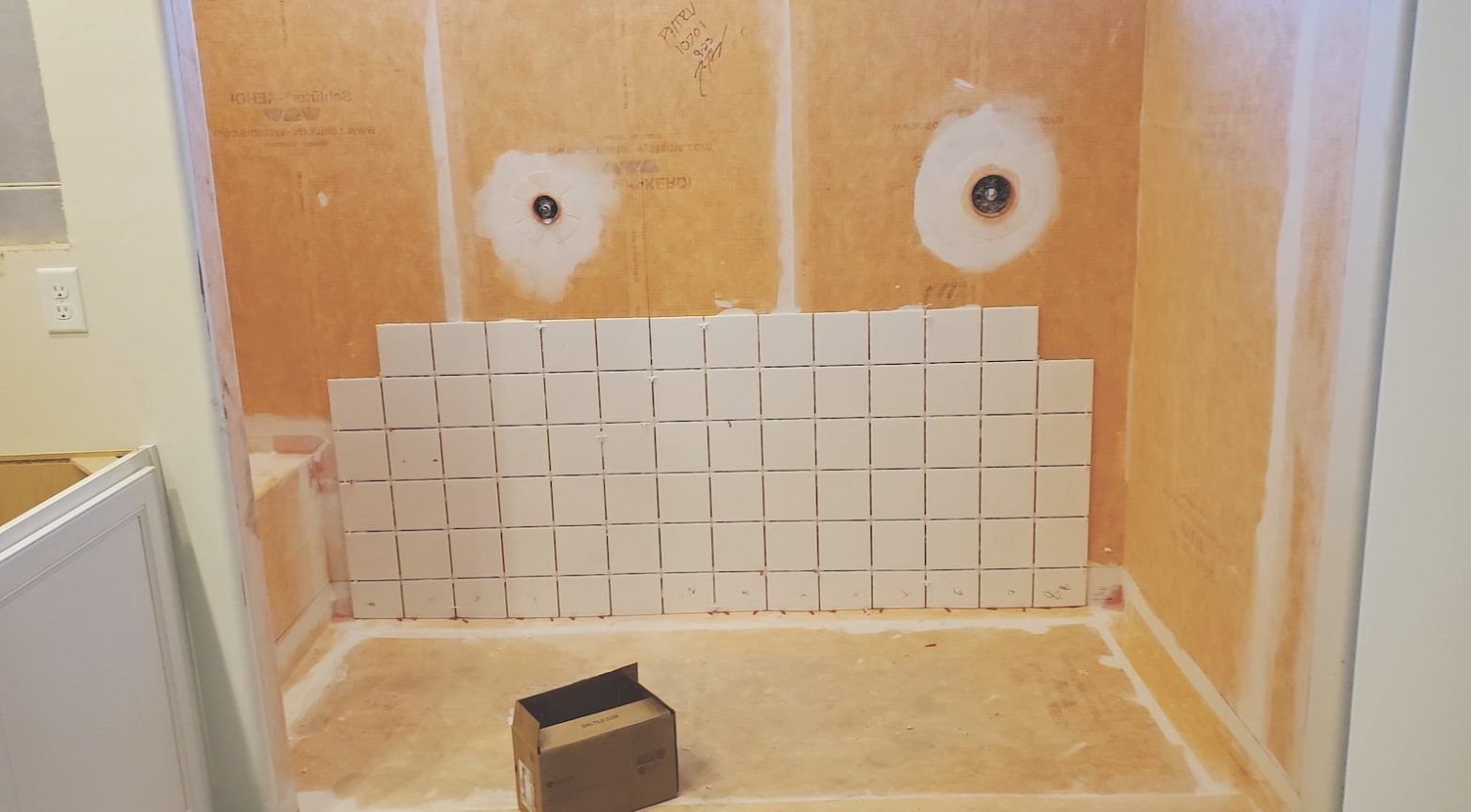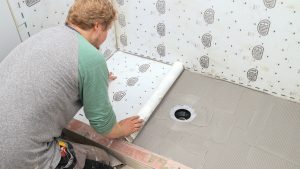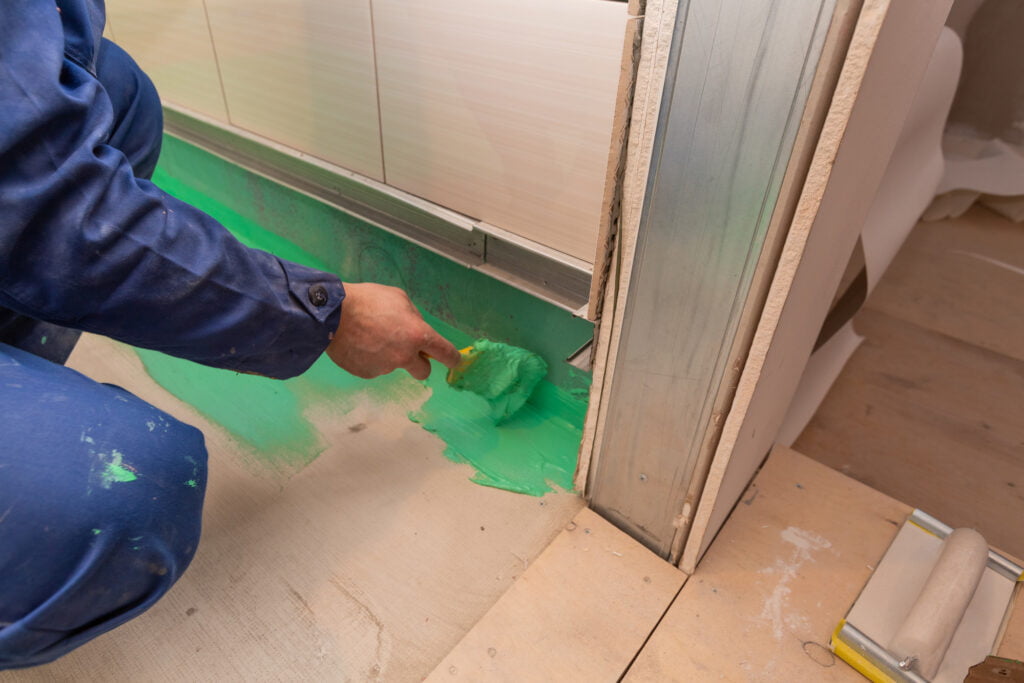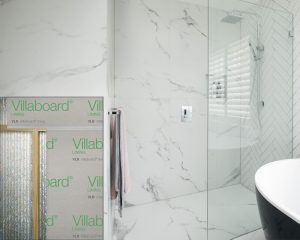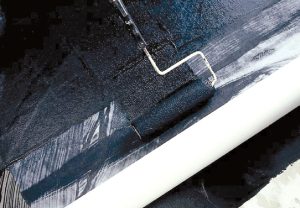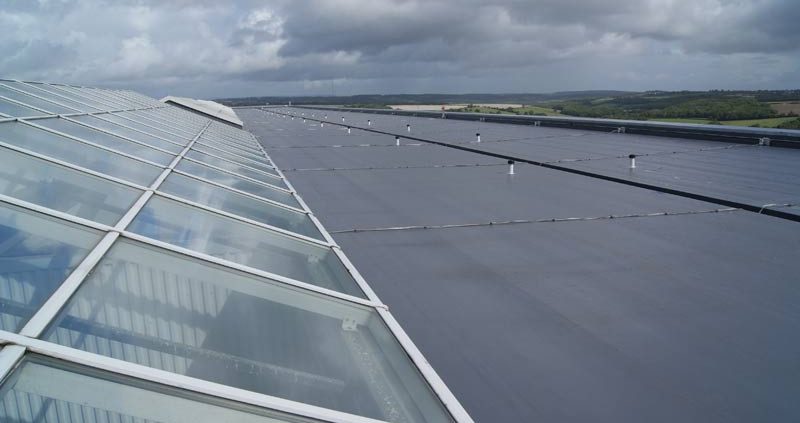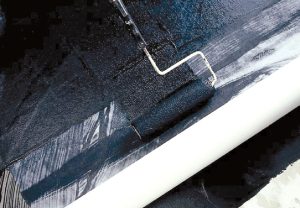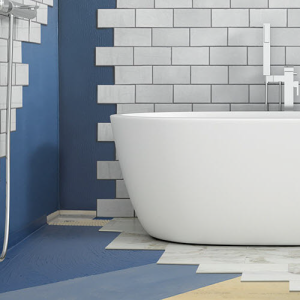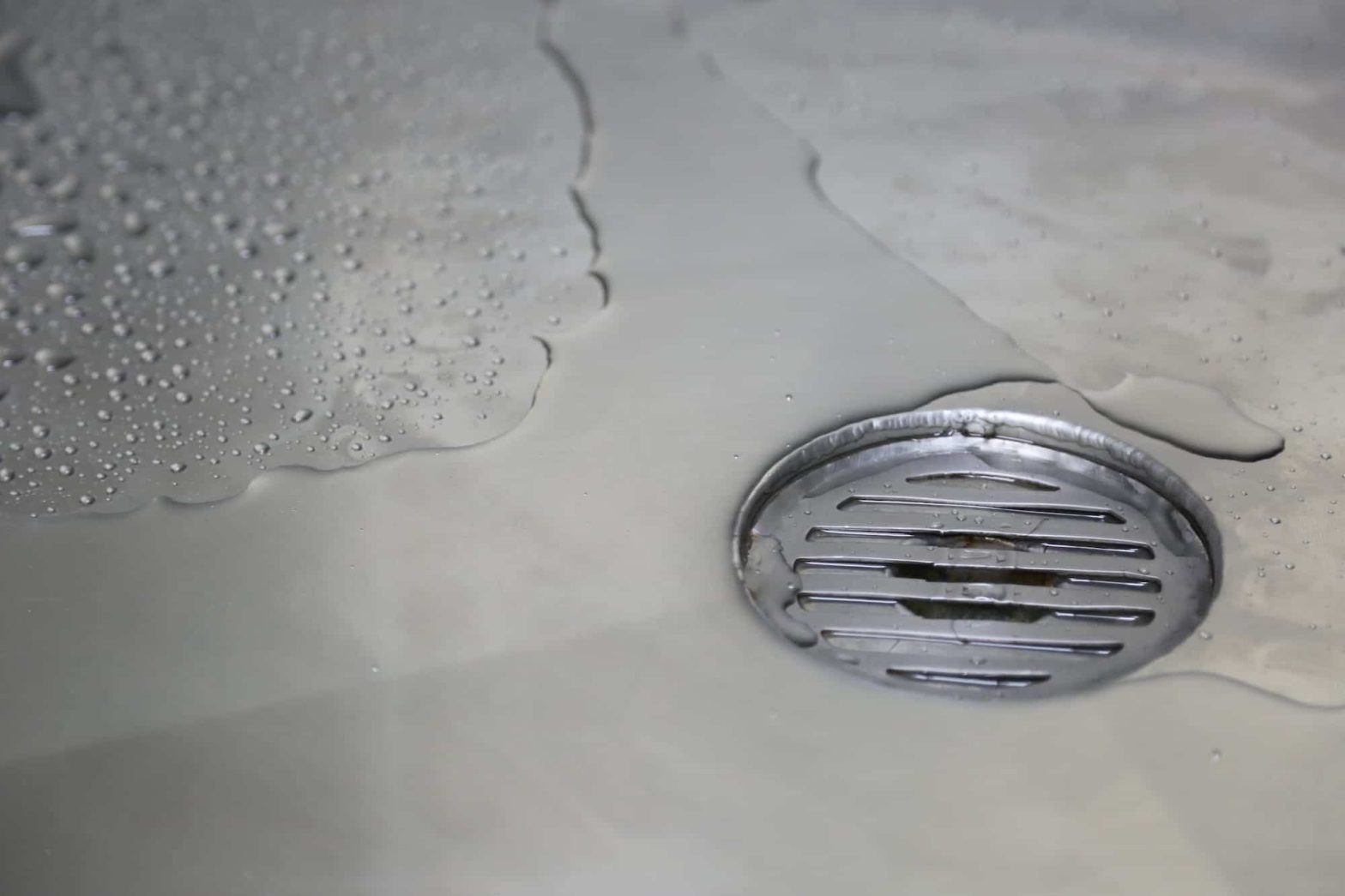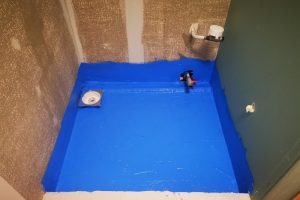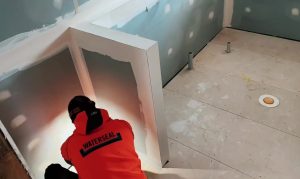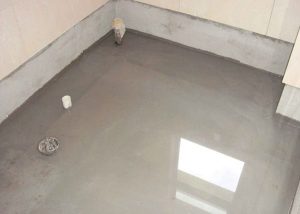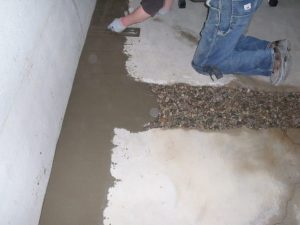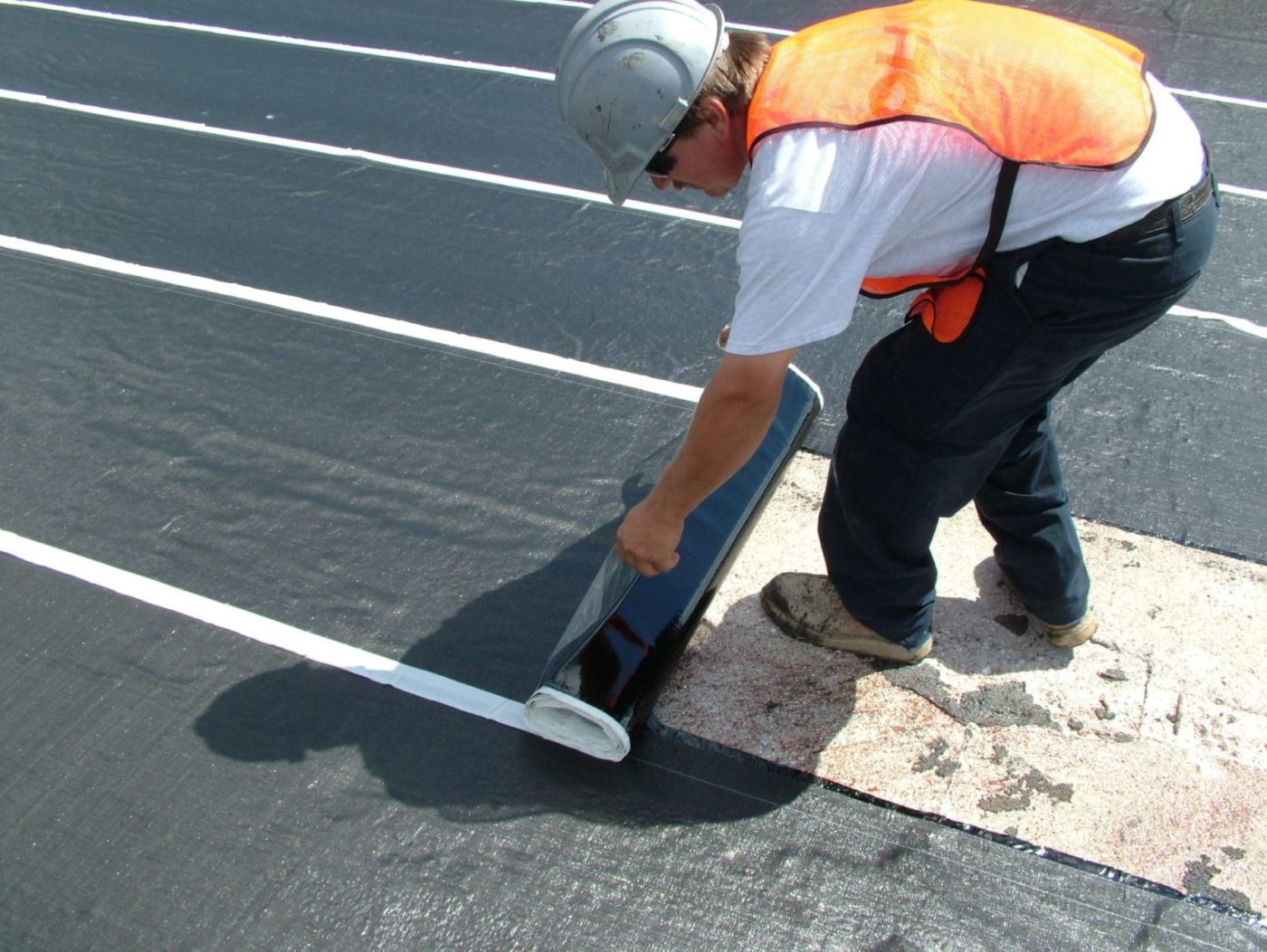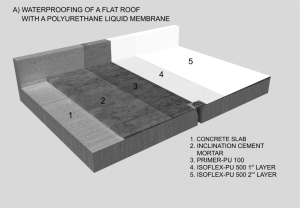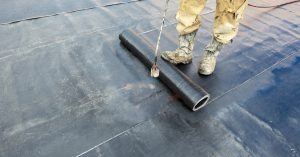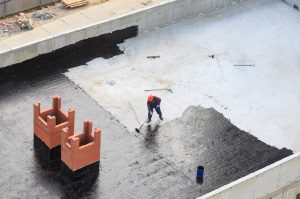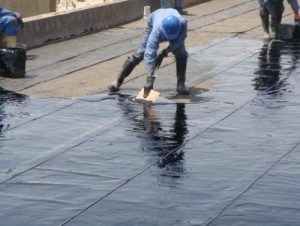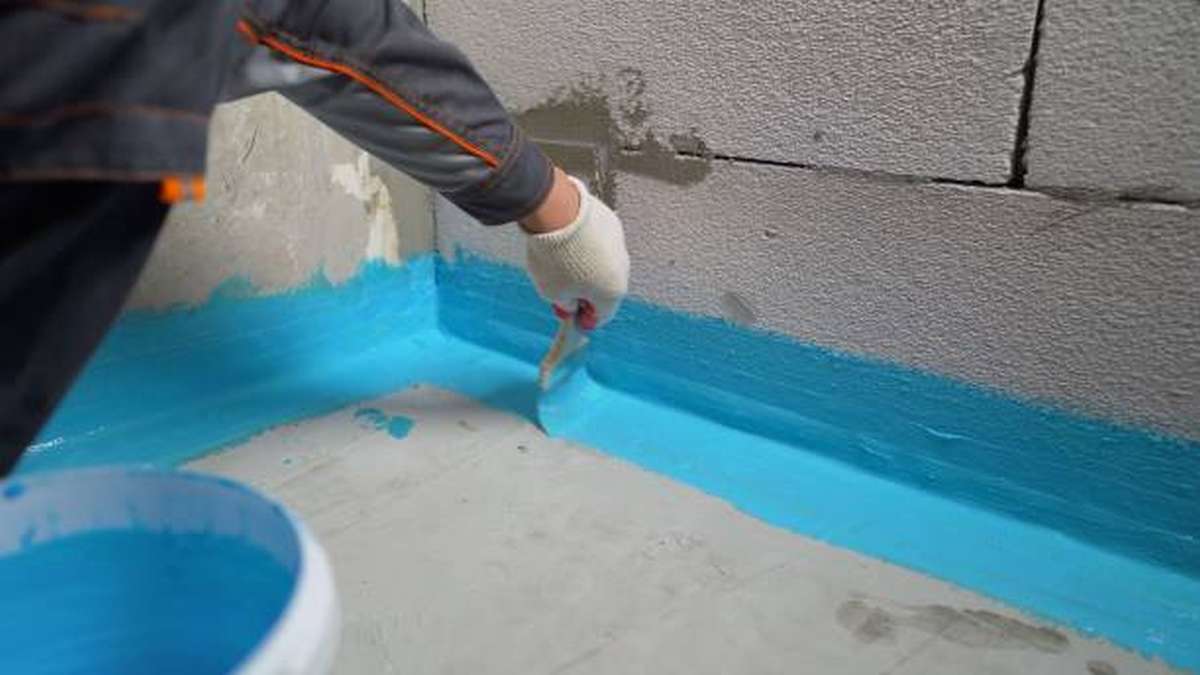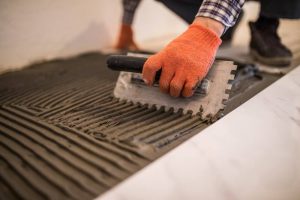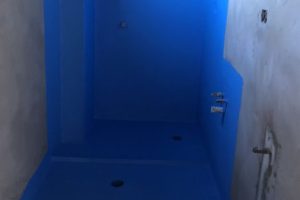Do You Waterproof Around Taps?
When it comes to home maintenance, waterproofing is a critical consideration that often extends beyond the more obvious areas like bathrooms and basements. One commonly overlooked aspect is the waterproofing around taps. The importance of this task cannot be overstated, as neglecting it may lead to various issues such as water damage, mold growth, and even structural problems. In this comprehensive guide, we’ll delve into why and how you should waterproof around taps to safeguard your home.
The Role of Waterproofing in Tap Areas
Waterproofing around taps is essential for preventing water infiltration and potential damage to the surrounding structures. Taps, whether in the kitchen or bathroom, are constantly exposed to water, making them susceptible to leaks over time. These leaks may not always be immediately noticeable, but their cumulative effects can be significant.
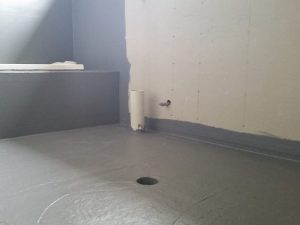
The Consequences of Neglecting Waterproofing
Ignoring the need for waterproofing around taps can result in a range of problems. First and foremost, water damage can compromise the integrity of your walls and flooring. Wooden structures can rot, drywall can become weakened, and tiles may loosen. Additionally, prolonged exposure to moisture creates an ideal environment for mold and mildew to thrive, posing health risks to occupants.
Furthermore, water seepage can extend beyond the visible areas, affecting the structural components of your home. Over time, this can lead to costly repairs and renovations. By proactively waterproofing around taps, you create a protective barrier that mitigates these risks and ensures the longevity of your home.
Choosing the Right Waterproofing Materials
Now that we understand the importance of waterproofing around taps, the next step is selecting the appropriate materials for the job. Several options are available, each with its own set of advantages and applications.
Silicone Sealant: A Versatile Choice
Silicone sealant is a popular choice for waterproofing around taps due to its versatility and durability. It forms a flexible and watertight seal, preventing water from seeping into gaps and joints. Silicone sealant is also resistant to mold and mildew, making it an ideal option for areas with high moisture levels, such as kitchens and bathrooms.
Waterproofing Membranes: Enhanced Protection
For a more robust solution, waterproofing membranes can be applied around taps. These membranes are typically made of materials like bitumen or modified asphalt and provide a continuous barrier against water penetration. Waterproofing membranes are especially beneficial in areas prone to heavy water exposure, such as shower enclosures and kitchen sinks.
Grout and Tile Sealers: Protecting the Surface
In areas with tiled surfaces, grout and tile sealers play a crucial role in preventing water damage. These sealers create a protective layer over the grout and tiles, reducing the permeability of these materials. Regular application of grout and tile sealers enhances the longevity of your surfaces and minimizes the risk of water infiltration.
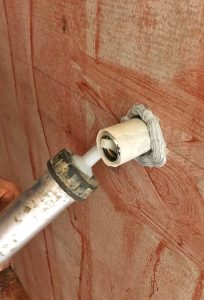
DIY vs. Professional Waterproofing
While some homeowners may opt for a do-it-yourself approach to waterproofing, it’s important to weigh the benefits of professional services. While basic waterproofing tasks can be tackled by individuals with a moderate skill level, complex issues and large-scale projects are best left to professionals.
DIY Waterproofing: Pros and Cons
DIY waterproofing can be a cost-effective option for small projects and minor repairs. Many waterproofing products are designed for easy application, allowing homeowners to tackle the task without extensive experience. However, it’s crucial to follow manufacturer guidelines closely to ensure the effectiveness of the chosen waterproofing method.
On the downside, DIY waterproofing may lack the precision and expertise that professionals bring to the table. Incorrect application or product selection can lead to suboptimal results, putting your home at risk of water damage.
Professional Waterproofing: Expertise and Assurance
Professional waterproofing services offer a level of expertise that ensures comprehensive protection for your home. Experienced professionals can assess the specific needs of your taps and surrounding areas, recommending the most suitable waterproofing methods and materials.
While professional services may involve a higher upfront cost, the long-term benefits often outweigh the initial investment. Professionals can identify and address potential issues before they escalate, providing assurance and peace of mind for homeowners.
Conclusion: Prioritize Waterproofing for Home Longevity
In the grand scheme of home maintenance, waterproofing around taps may seem like a minor detail. However, its impact on the overall integrity and longevity of your home cannot be understated. By recognizing the importance of waterproofing in tap areas, choosing the right materials, and considering professional assistance when needed, you can safeguard your home from the damaging effects of water infiltration. Take the proactive step of waterproofing around taps, and enjoy a home that stands the test of time.

